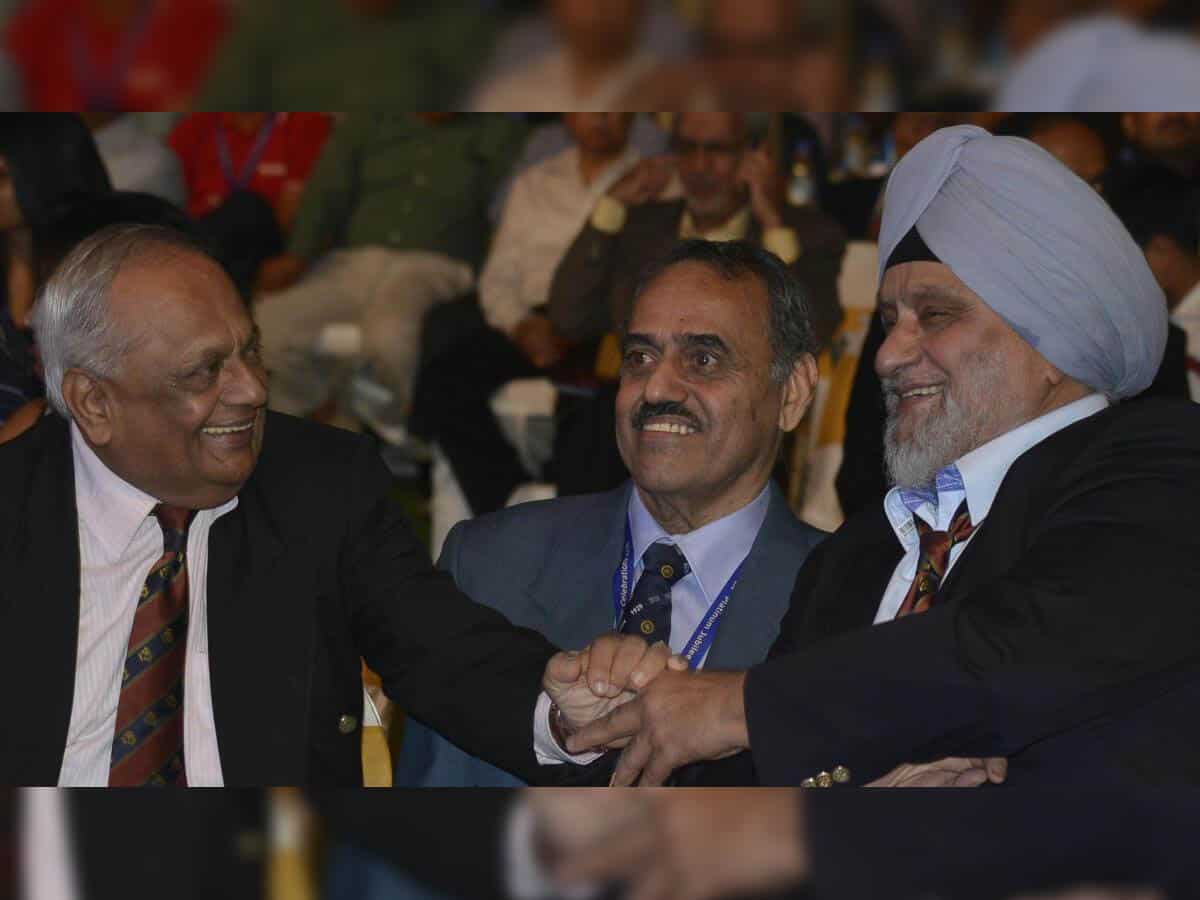
Nowadays India has a superb pace attack ably handled by Jasprit Bumrah, Mohammed Siraj, Mohammed Shami and others. Bumrah and Siraj destroyed a strong South African batting line up recently. Everything is going right for India now. But as they say, Rome wasn’t built in one day. Indian cricket too has walked a long and bumpy road to reach the present heights.
Like a relay race, earlier generations of players passed on the baton of confidence, knowledge and skills to the next generation.
Bedi, Prasanna, Chandra and Venkat along with Gavaskar and later Kapil Dev were followed by Azharuddin, Sachin, Dravid and Ganguly and they in turn were followed by VVS Laxman and MS Dhoni. Now we have Virat Kohli, Rohit Sharma, Jasprit Bumrah, Siraj, Shami and others. Each generation gained inspiration, knowledge and confidence from their predecessors.
First signs of ascendancy
The first signs of the rise of Indian cricket could be seen in the 1970s when India defeated the West Indies in 1971 and then England the same year. Those were the days when the Indian quartet of Bishan Bedi, E A S Prasanna, S. Venkataraghavan and B.S. Chandrasekhar foxed the best batters with their deceptive spin bowling.
Viv Richards found it tough
A few years later it was Vivian Richards who found it difficult to get going. The West Indian wizard is acknowledged as one of the best batsmen in the history of cricket but against Indian spinners he was not comfortable. He has confessed that on his first tour of India in 1974, he was completely mesmerized by the Indian spin attack. In his autobiography Hitting Across The Line, he has described his first visit to India in his debut series in international cricket. When he arrived in India with the West Indies team he was in for many surprises.
He has written that his first sight of Indian spin bowlers left him intrigued. “Coming to terms with the Indian cricket team was no less than an awesome experience. I had never seen people do things like they did with a cricket ball. It was more than an education. These guys were incredible,” he has stated.
“The off spinner Prasanna seemed to be able to control the ball even after it had left his hand. He would make you play for the off spin but at the last moment, as if by magic, the ball would continue straight and nick your bat. Often I had to alter my timing because the ball seemed to slow down as it approached me.”
Viv was not the first batsman to be fooled by Prasanna. Most of the experienced batsmen of those days found it impossible to read the ball’s flight and trajectory when the wily Prasanna “gave it some air” to express it in cricketing terminology.
Richards became Chandra’s victim
But the bowler who made it a regular habit of getting Viv out was B.S. Chandrasekhar. This is what Viv has written about Chandra: “It took me a long, long time to come to terms with Chandra. I never knew whether I had mastered him or not. His ability to lure batsmen into a false sense of security was deadly. How can a batsman dominate such a bowler? How can he know whether the bowler is faking or not?”
About left arm spinner Bishan Singh Bedi, Viv Richards writes that the Sardar of Spin was a master of variation. “Bedi was impossible to read. I had to face all these spinners in my very first Test match. I wished I was playing against Australia where I would have to face a pace attack. At least I would know what I was doing.” Against Indian spinners of this class Viv had to face the terror of unknown devils.
Viv Richards played his first Test match at Bengaluru and made a very poor start. He was dismissed in both innings by Chandrasekhar for only four and three runs respectively. It was only in the second Test at Delhi that Viv found his touch and scored an unbeaten 192. That knock finally gave him the confidence that he needed and he achieved great success.
But his initial difficulties of playing against Indian bowlers were an early sign that one day India would become a dominant force in world cricket. That omen witnessed about 50 years ago, has now borne fruit. What we are seeing now is the mighty tree that has grown from that seed planted by our hard-working and humble players five decades ago.

